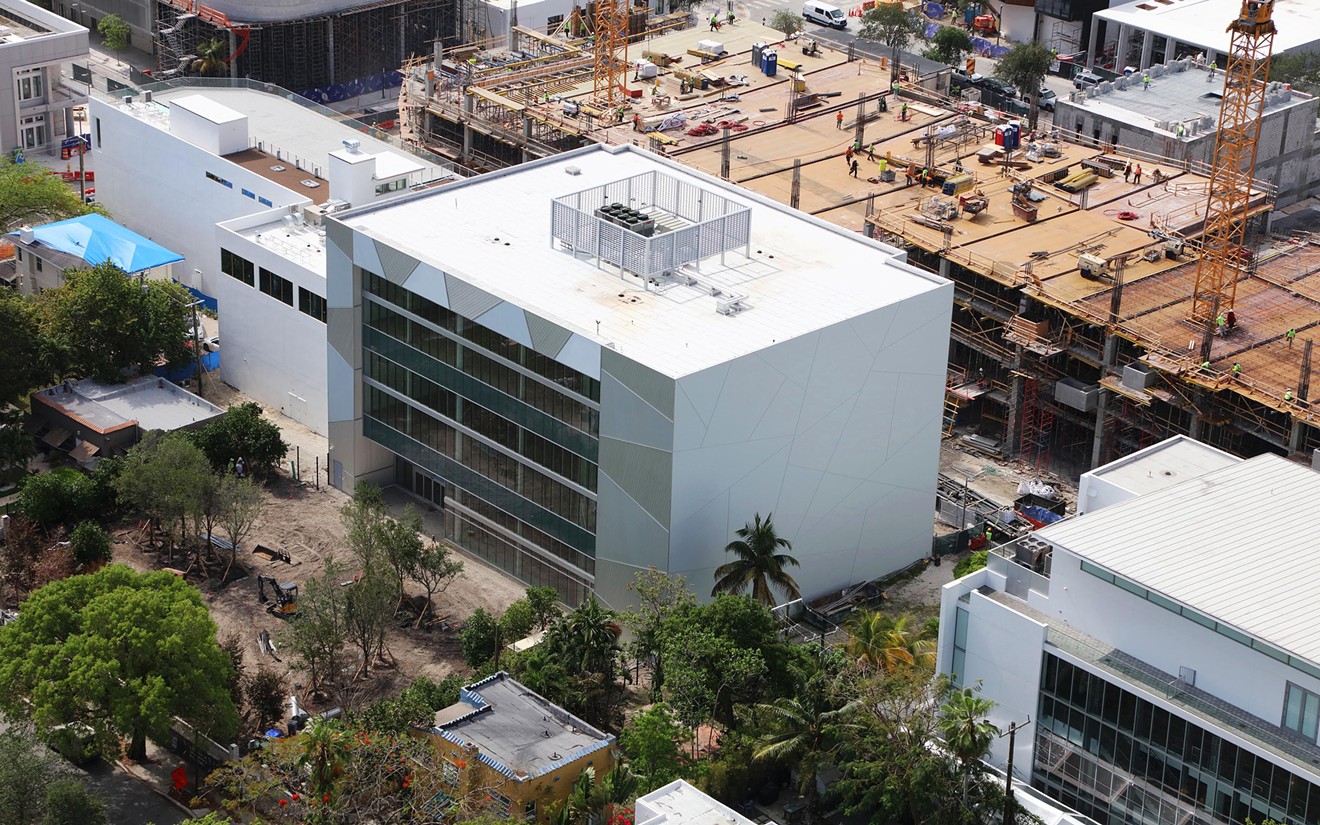In 2014, the Museum of Contemporary Art Miami (MOCA) suffered an enormous blow to its operations. After a dispute between board members and the City of North Miami, the institution split in two. In response, frustrated board members took the lion's share of the permanent collection and left. The result was a new museum, the ICA, under the guidance of deputy director and chief curator Alex Gartenfeld.
The ICA has a different focus from Pérez Art Museum Miami (PAMM), which celebrated its high-profile opening in 2013. PAMM has largely centered its curatorial beat on Latin America and the Caribbean. The ICA specializes in mid- and late-career European artists who have yet to garner massive success in the States.
For Miami Art Week 2015 (the web of special museum exhibits, gallery shows, and satellite fairs that run concurrent to Art Basel Miami Beach), Gartenfeld mounted Alex Bag's "The Van (Redux*)," the first major US presentation of her work since 2009. Working primarily in video, Bag created a show that harks back to her 2001 exhibit “The Van.” In 2016, they exhibited a retrospective of German conceptual artist Thomas Bayrle, that marked the artist’s first US solo museum show. The exhibition surveyed five decades of work through more than 75 pieces.
The ICA named a new director in late 2015: Ellen Salpeter, the former deputy director of the Jewish Museum in New York.
“In many ways, I see Miami as following New York's trajectory over the past 30 years. Miami is becoming more urban, and we’re seeing a critical mass of arts institutions,” Salpeter tells New Times. “When I spent time in Miami in the '80s and '90s, it was a one-destination city: There was the beach, some nightlife, and little else to see and do. Having lived in Miami for a little over a year now, I’m amazed with how many unique, self-sufficient neighborhoods have arisen. It’s feasible to think that you could spend a week visiting Miami without ever setting foot on the sand.”

Ellen Salpeter, director of the Institute of Contemporary Art.
Courtesy of the Institute of Contemporary Art
The ICA has pulled out all the stops for its new digs. Designed by Spanish architectural firm Aranguren + Gallegos, the 37,500-square-foot building and expansive sculpture garden are on schedule to open December 1, 2017, just in time for Art Basel Miami Beach and Miami Art Week.
"One of my favorite elements of the building will be a new work that we have commissioned by Charles Gaines," Salpeter says. "It’ll be a dramatic two-story installation in our main stairway between the second and third floors.”
The ICA’s new home comes courtesy of Norman and Irma Braman, billionaire civic activists who have single-handedly funded construction of the complex. Thanks to their philanthropic spirit, the museum will continue to provide public access free of charge and offer plentiful special programming geared toward young people, families, and graduate students.
"ICA is unique in our city because we are a free art museum open to all. Another thing that sets us apart is that the development of our permanent home in the Design District has been independently funded without public dollars,” Salpeter explains. “Our exhibitions are experimental, adventurous, and often playful.”
Though the ICA is unique in Miami, cities around the world have turned to private funding to build, launch, and sustain major art institutions. Debuting in downtown Los Angeles to critical and popular praise last year, the Broad Museum offers free admission to view its impressive permanent collection of contemporary American art. It's a roaring success, with a months-long waiting list to get in and an impressive roster of artists commissioned for installations.
Whether the ICA can garner lines of eager visitors clamoring to view its shows remains to be seen. But with a new home, generous funding, and a crack curatorial team, it's getting off on the right foot.












